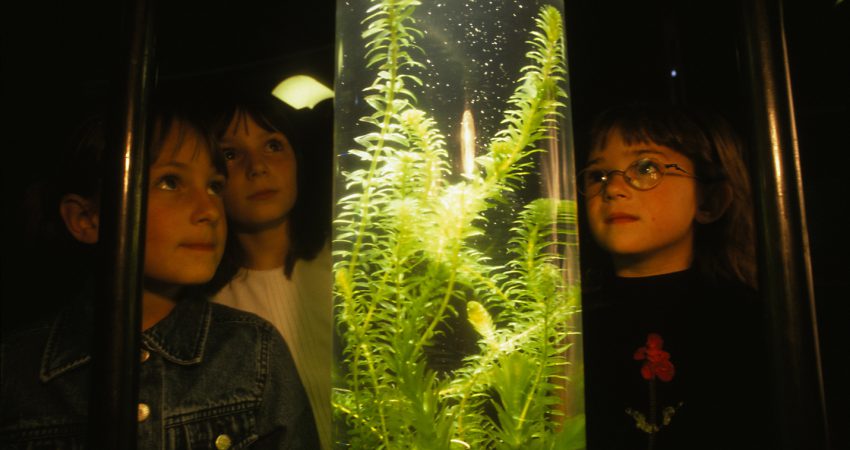
By Melissa Ballard - April 2013
PAPER CITATION
Larkin, D. (2012). Misconceptions about “misconceptions”: Preservice secondary science teachers’ views on the value and role of student ideas. Science Education, 96(5), 927–959.
This article examines preservice student teachers’ views of students’ prior knowledge, specifically how these views change over time with classroom experience and where they diverge from the beliefs teachers express in their education methods courses. Teachers’ beliefs about student “misconceptions” have implications for the way they teach and for their thinking on how students learn. The observations made in the study offer informal science education (ISE) practitioners a useful reminder about the value of recognizing and building on student misconceptions, an approach that forms the basis of constructivist pedagogy.
In this article, the author defines “misconceptions” as “faulty extensions of productive prior knowledge” (pg. 929), serving as an umbrella category for a range of cognitive labels including alternative frameworks, preconceptions, prior knowledge, student ideas, conceptions, and so on. The study followed 14 preservice secondary science teachers through their final year in a teacher education program to explore how their beliefs toward student misconceptions changed.
Teachers were participants in a larger study (Larkin, 2010) that provided data for the current study from interviews and questionnaires administered throughout the year, teaching portfolios, classroom observation, and other work products. All preservice teachers spent a significant amount of time in their methods course on student misconceptions. They held a range of views on student ideas. Some were found to transition through views; others held multiple views simultaneously. The study identified five distinct views:
- Student ideas are evidence of content coverage.
- Student ideas are obstacles to [new] understanding.
- Student ideas are tools to prime student thinking, interest, and activity.
- Student ideas are elements of a positive classroom environment.
- Student ideas are the raw material of learning.
Viewing student ideas as the raw material of learning helps teachers to support complex mental models and foster deeper learning; such views may indicate a constructivist perspective. Viewing students’ ideas as obstacles to new understanding, in contrast, suggests a more teacher-centered pedagogy. Although many teachers used the language of constructivism or articulated constructivist beliefs during their courses or in interviews, their classroom practice, to some degree, departed from constructivist theory to return to a teacher-centered pedagogy.
Further inhibiting the productive use of students’ prior knowledge, the author claims, are the mixed messages teacher education students receive. Methods classes may positively engage with the topic of student prior knowledge. However, Larkin’s review of science teacher education literature finds that student misconceptions are largely discussed as obstacles, rather than as resources that can serve a positive role in teaching and learning.
This problem in preservice teacher training also holds relevance for ISE practitioners, who may find that, in practice, their thinking and teaching methods depart from ISE pedagogy or from their training. ISE environments, including afterschool and other out-of-school time programs, aspire to a specific type of teaching and learning, which is fostered in staff training and professional development. The author suggests that teacher education programs should not only clearly depict student ideas as resources for teaching and learning, but also give preservice teachers the tools to use them as such. This suggestion is also relevant for the training and development of ISE practitioners. Staff developers must carefully attend to practitioners’ treatment of student ideas if constructivist ISE approaches are to be enacted successfully.
References
Larkin, D. (2010) Learning the pedagogical implications of student diversity: The lived experience of preservice teachers learning to teach secondary science in diverse classrooms. (Doctoral dissertation). ProQuest Dissertations And Theses (AAI3424045).




